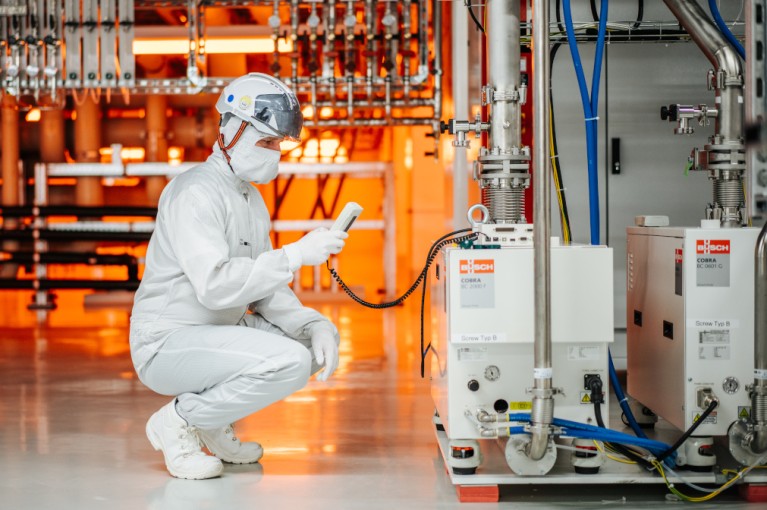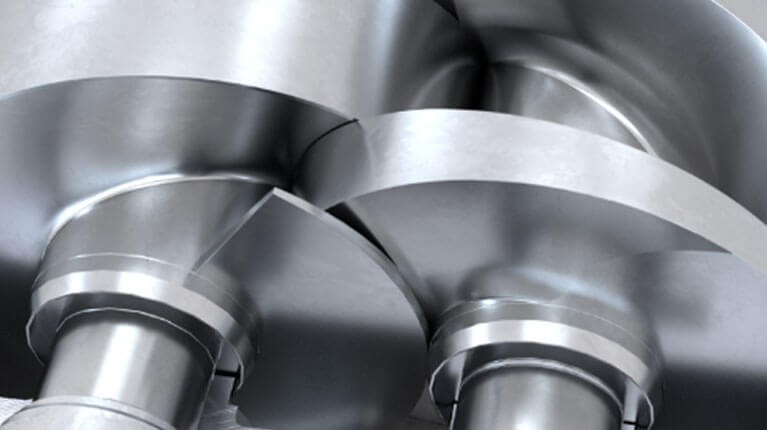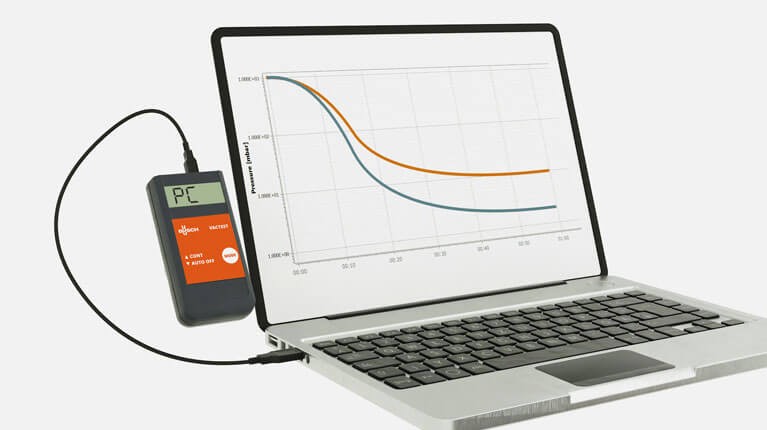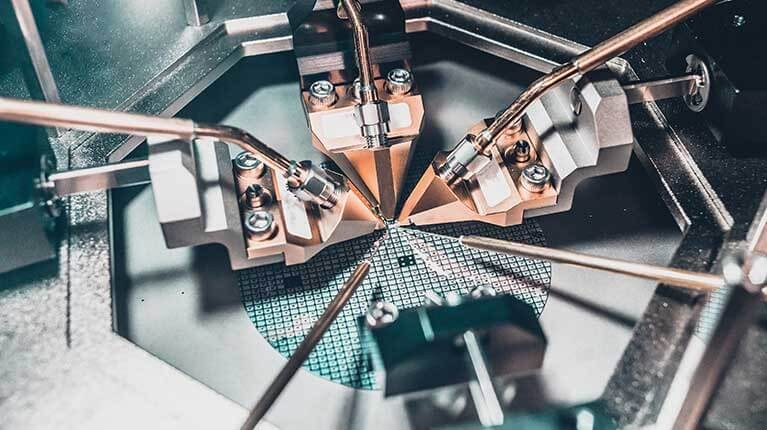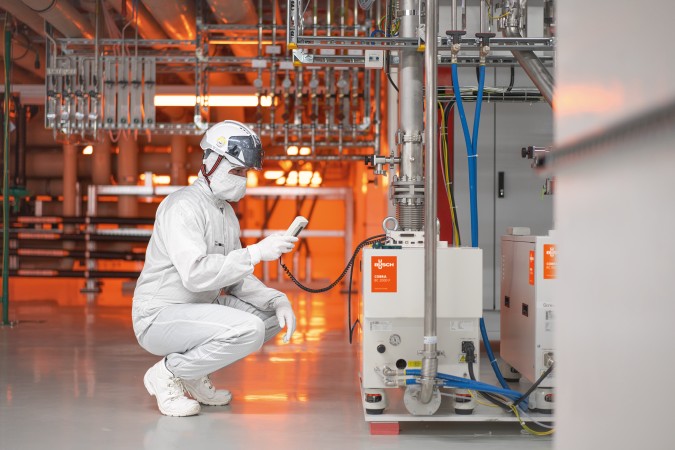ARPQP vs. assistenza standard
Funzionalità | Terza parte | Produttore originale | ARPQP di Busch |
Solo riparazione pompa per vuoto | ✓ | ||
Revisione reale | ✓ | ✓ | |
Certificazione ISO 9001:2015 | ✓ | ✓ | ✓ |
Conformità alla norma IATF 16949:2016 | ✓ | ||
Ingegneria di processo | ✓ | ✓ | |
Analisi dei rischi strutturata dell'intero processo | ✓ | ||
Analisi del sistema di misura del vuoto | ✓ | ||
Analisi statistica dei dati di processo | ✓ | ||
Grafico della capacità di processo | ✓ | ||
Calibrazione utensile standard | ✓ | ✓ | ✓ |
Misurazione 2D della pompa per vuoto | ✓ | ✓ | ✓ |
Misurazione 3D della pompa per vuoto | ✓ | ||
Processi efficienti | ✓ | ✓ | |
Tracking RFID in tempo reale dell'intero processo di revisione | ✓ | ||
Notifiche push sui dispositivi mobili durante il processo di revisione | ✓ | ||
Inventario delle parti di ricambio gestito da Busch | ✓ | ||
Controllo dell'inventario delle parti di ricambio RFID | ✓ | ||
Revisione a flusso monopezzo | ✓ | ||
Monitoraggio del flusso bilanciato in tempo reale | ✓ |
